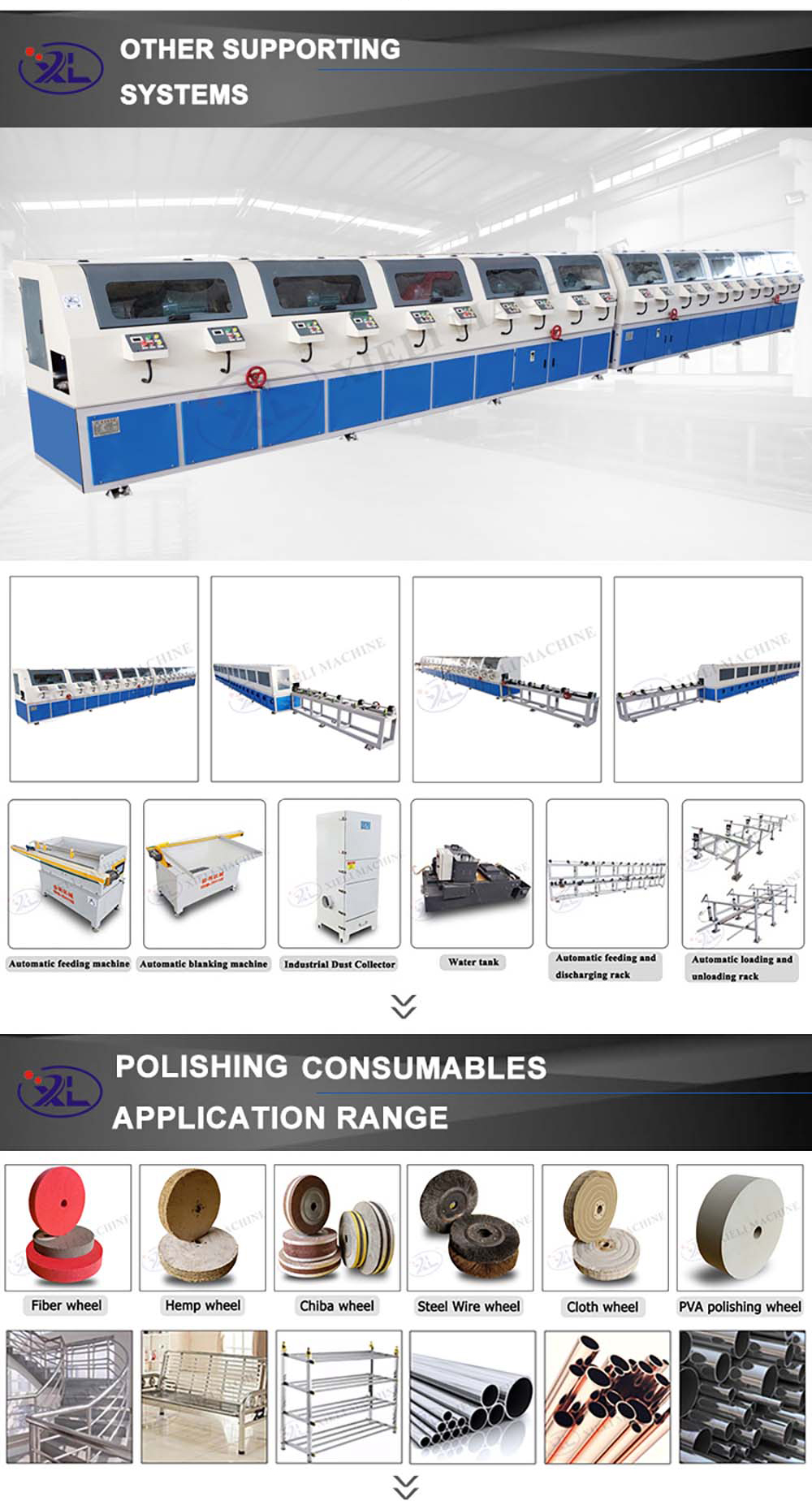Understanding Custom Centerless Grinding Machine Parts
In the world of precision manufacturing, the importance of centerless grinding cannot be overstated. This process, which allows for the efficient shaping and finishing of cylindrical parts, has become a cornerstone in industries ranging from automotive to medical devices. At the heart of this process is the centerless grinding machine, which relies on a variety of specialized parts to ensure optimal performance and output. In this article, we will delve into the significance of custom centerless grinding machine parts and how they can enhance production efficiency.
What is Centerless Grinding?
Centerless grinding is a machining process that uses abrasive cutting to remove material from a workpiece. Unlike traditional grinding methods, where the workpiece is held between two centers, centerless grinding allows for continuous feeding of materials. This technique not only speeds up the production process but also improves precision, making it ideal for producing high volumes of cylindrical parts with tight tolerances.
The Role of Custom Parts
The effectiveness of centerless grinding machines heavily relies on the quality and customization of their components. Standardized parts may work for generic applications, but custom parts are crucial in situations that demand higher precision and adaptability. For instance, components such as grinding wheels, regulating wheels, and workrests can be designed to meet specific requirements based on the material and size of the workpiece.
Key Components of Custom Centerless Grinding Machines
1. Grinding Wheels These are perhaps the most critical parts of a centerless grinding machine. Custom grinding wheels can be tailored in terms of size, shape, and abrasive material to suit various applications. The choice of grinding wheel affects not only the surface finish of the workpiece but also the removal rate, making it essential to select or customize the right wheel for specific tasks.
custom centerless grinding machine parts

2. Regulating Wheels This component controls the rotational speed of the workpiece as it is fed through the grinding zone. Custom regulating wheels can be designed to achieve the desired feed rate and ensure consistent grinding. Variations in this part can significantly impact the overall efficiency and precision of the grinding process.
3. Workrests The workrest supports the workpiece during grinding. Custom workrests can be designed to accommodate different shapes and sizes of workpieces, ensuring stability and precision in the grinding process. Adjustability and robustness in workrest design are crucial for achieving consistent results.
4. Feed Mechanisms Custom feed mechanisms can be engineered to provide precise control over the movement of parts during grinding. Whether it's a linear or rotary feed, the design can be modified to optimize the process for specific production requirements.
5. Coolant Systems Efficient cooling during the grinding process is vital to prevent overheating and ensure the longevity of both the tools and the workpiece. Custom coolant systems can be developed to deliver the right amount of coolant at the optimal pressure and location, enhancing the overall performance of the grinding machine.
The Advantages of Customization
The primary benefit of using custom centerless grinding machine parts lies in their ability to tailor the grinding process to specific applications. This customization leads to improved productivity, reduced waste, and enhanced quality of the final product. Furthermore, investing in custom parts can also lead to reduced downtime, as these components are designed to function seamlessly within the machine's ecosystem.
In conclusion, the evolution of centerless grinding technology highlights the significance of custom machine parts in enhancing manufacturing processes. By investing in tailored solutions, manufacturers can unlock new levels of efficiency, precision, and profitability in their operations. As industries continue to demand higher quality and faster production times, the role of custom centerless grinding machine parts will become increasingly critical, ensuring that manufacturers can meet the challenges of a competitive market.
-
Discount High-Precision Surface Polishing Machine Durable & EfficientNewsApr.29,2025
-
High-Precision SS Square Tube Polishing Machine China SupplierNewsApr.29,2025
-
Stainless Steel Square Pipe Polishing Machine OEM & High-EfficiencyNewsApr.28,2025
-
Centerless Grinder Troubleshooting Fast Fix for OEM, China & Discount ModelsNewsApr.28,2025
-
Centerless Grinder Automation Solutions OEM & Precision Systems ChinaNewsApr.28,2025
-
Scarlo Centerless Grinder OEM High-Precision China Models & DiscountsNewsApr.28,2025


